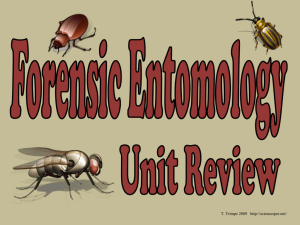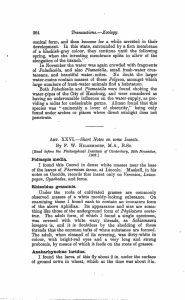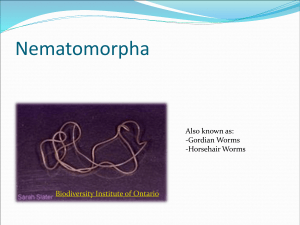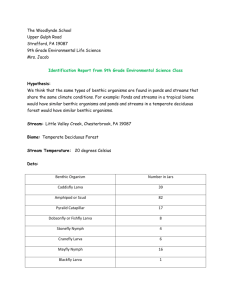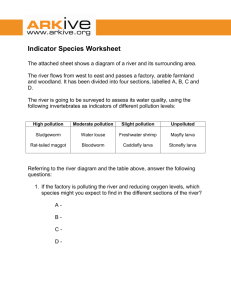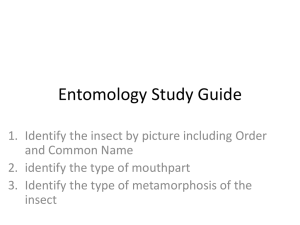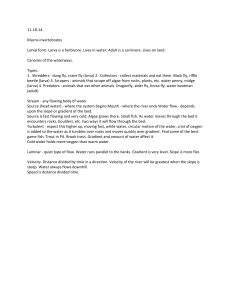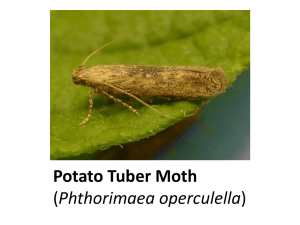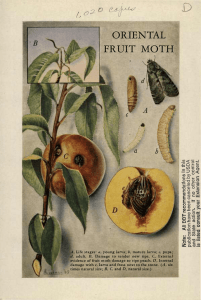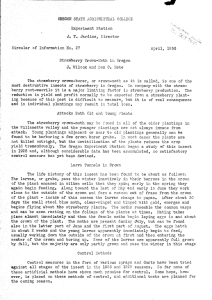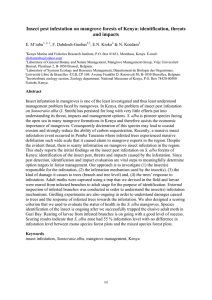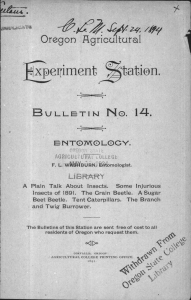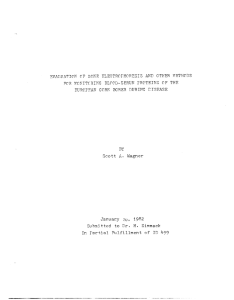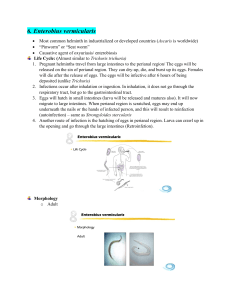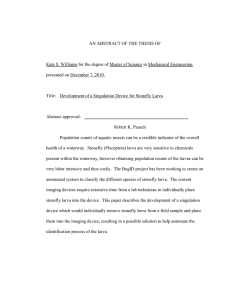Document 11050511
advertisement
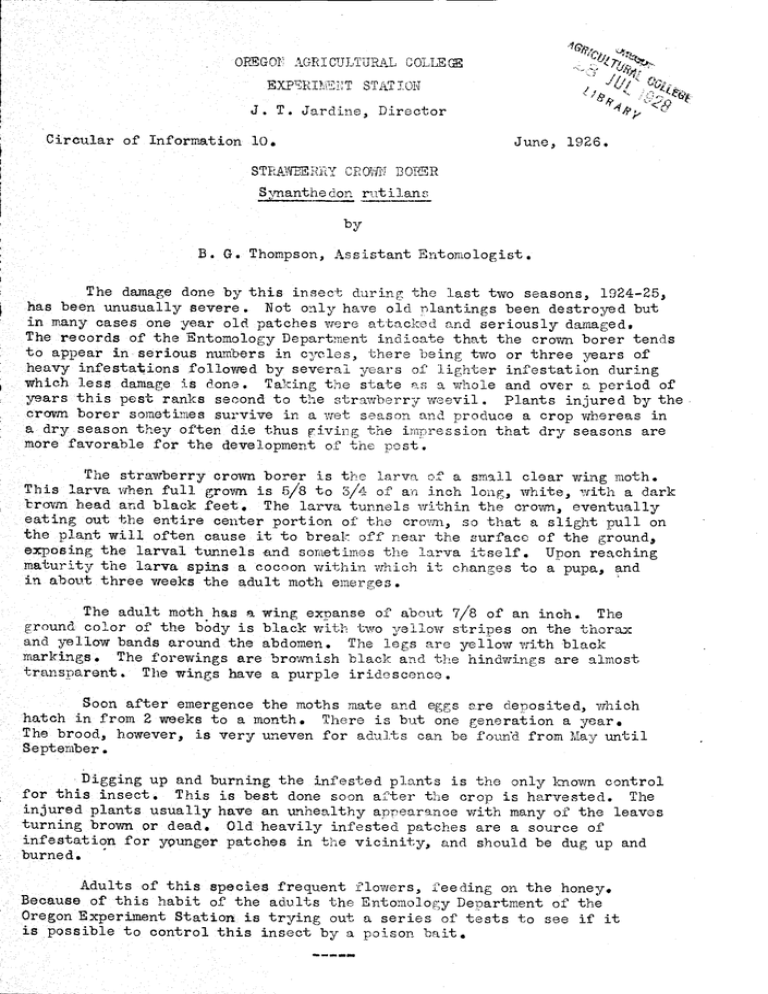
OPEGOP AGFICULTURAL C0LT EXPRI!IT STAT ION J. T. Jardine, Director Circular of Information 10. June, 1926. STR4WERAY CR0TN B09FR Synanthe don rut ilans by B. G. Thompson, Assistant Entomologist. The damage done by this insect durinp the last two seasons, 1124-25 has been unusually severe Not onl, hove old niantings been destroyed but in many oases one year old patches were attacked and seriously damaged. The records of the Entomology Department indicate that the crown borer tends to appear in serious numbers in cc'los, there ocing tvio or three years of' heavy infestations followed by sevarai yais of lighter infestation during which ies damage is done. Taking the state as a whole and over a period of years this pest ranks second to the strawberry weevil. Plants injured by the crown borer sometrLes suvive in a et sason and produce a crop whereas in a dry season they often the thus givieg toe iiyiession that dry seasons are more favorable for the deve)opment of tn pest The strawberry crown bo'er is the bryn 'f a small clear wing moth. This larva when full grocin is 5/8 to /4 of ac inch big, white, 'pith a dark 1rovm head and black feet. The larva tunn1s within the crown, eventually eating out the entire center portion of the crom, so that a slight pull on the p1ant wall often ceuse it to breal off near the urfacc of the ground, exposing the larval turnels and sometimes the larva ithelf. Upon reching maturty tne larva spins a cocon within vv'ich it changes to a pupa, and in about three weeks the adult moth emerges. The adult moth has a wing expanse of accut 7/8 of an inch. The ground color of the body is black witi two yellow sLrpes on the thorax and yellow bands around the abdomen. The legs are yellow with black markings. The foiewings are broNnish black and tie nindwing ore almost transparent. The wings have a purple iridescence. Soon after emergence the moths mate and eggs are deposited, which hatch in from 2 weeks to a month. There is but one generation a year. The brood, however, is verj uneven for adu]ts can bo bind fror-i May until September. Digging up and burning the infested plants is the only known control for this insect. This is best done soon aftei tie crop is herveted The anjurd plants usually have an vnnealthy appearance with many oi the leaves turning brown or dead, Old heavily infestea patches are a source of infestation for younger patches in the vicinity, and should be dug up and burned. Adults of this species frequent flowers, feeding on the honey. Because of this habit of the aduU s the Entomoaogy Denartment of the Oregon Experiment Station is trying ou- a series of tests to see if it is possible to control this insect by a poison bait,
